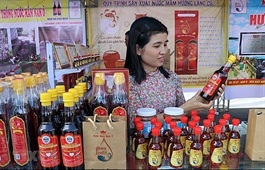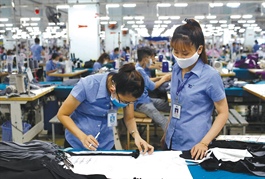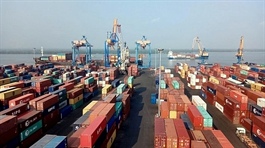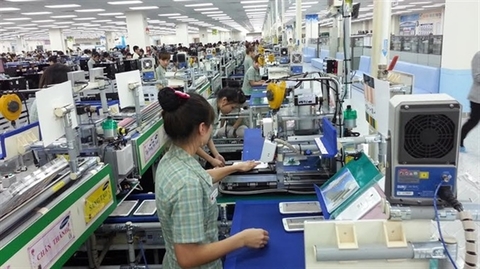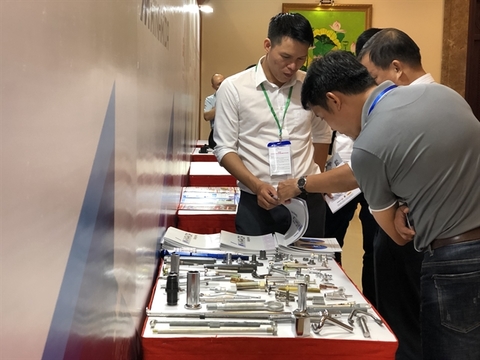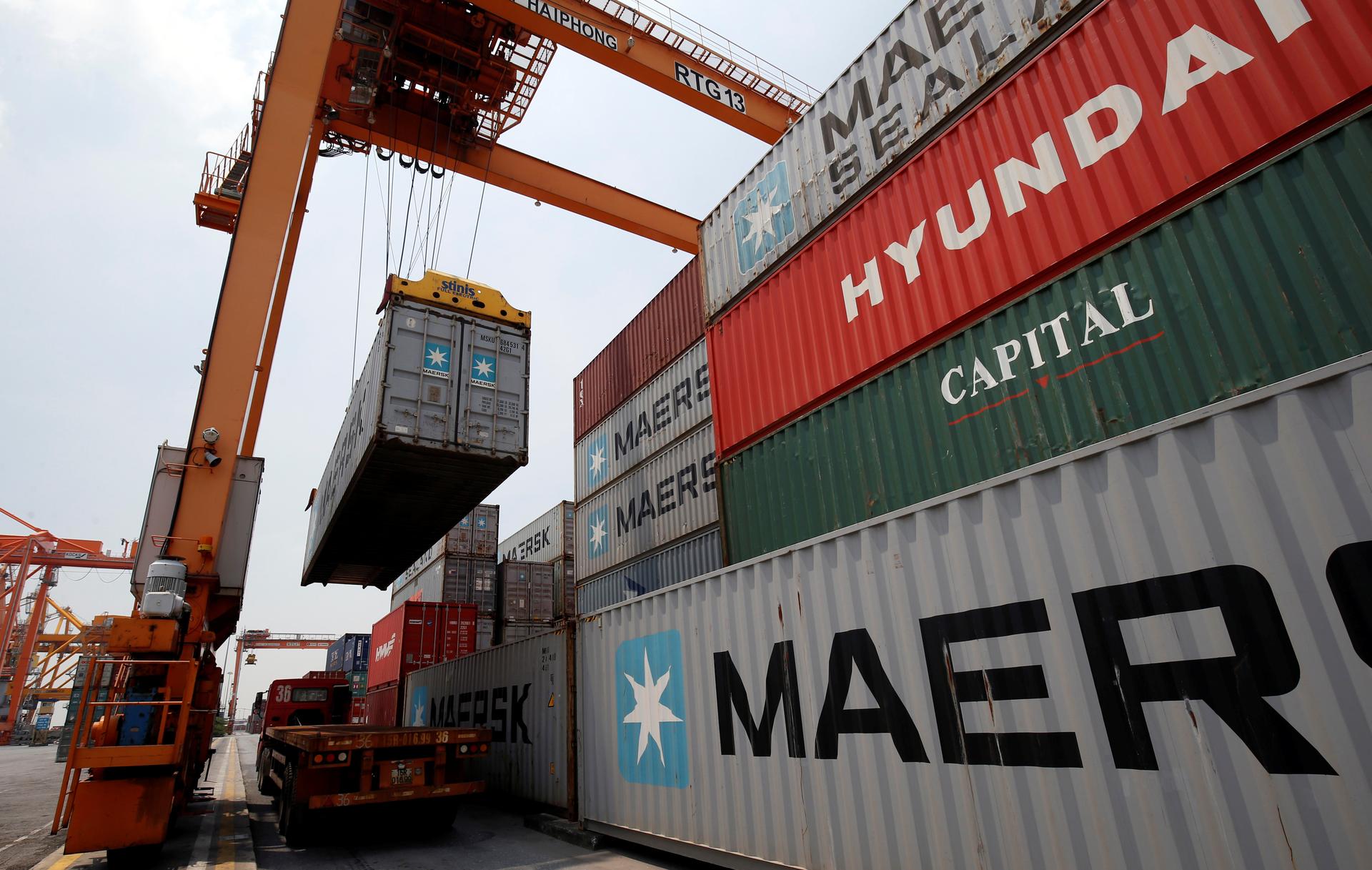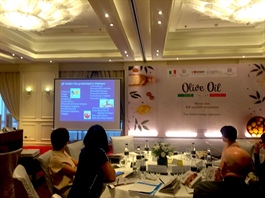Ups and downs in pharma industry due to crucial supply chain hiccups
Ups and downs in pharma industry due to crucial supply chain hiccups
After months of challenges and faults in the global ingredient supply chain, peaks and valleys are the landscape for Vietnamese drug giants in their first-half performance, and several factors remain that could damage their operational prospects in the months to come.
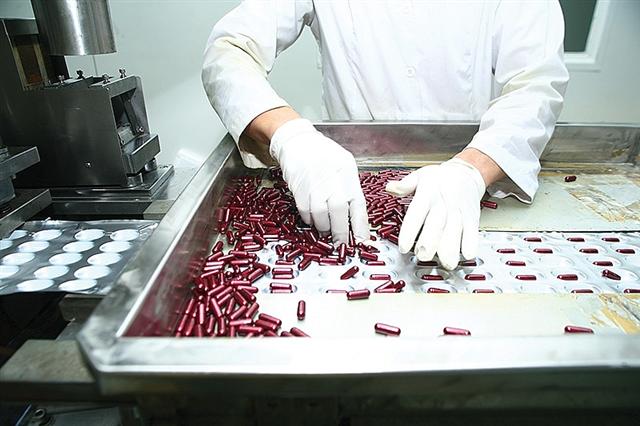
Local drugmakers are coping with serious supply chain disruptions due to the pandemic
|
Hau Giang Pharmaceutical JSC (DHG), the biggest publicly-traded drugmaker in Vietnam, reported a fall in revenues and profits in the first six months of 2020. Total revenue dropped 3.5 per cent on-year and fulfilled 43.5 per cent of the annual target.
In spite of this, DHG’s total pharmaceutical gross output during the period hit VND2.46 trillion ($106.9 million), up 3.4 per cent on-year and meeting 52.6 per cent of the whole-year target.
DHG now boasts Taisho Pharmaceutical Holdings, one of the five biggest pharmaceuticals in Japan, as a major foreign shareholder, with a take of 50.78 per cent.
Some pharma players have announced their 2020 first-half performance results, while others are still to be revealed.
On July 2, Traphaco JSC, the country’s second-largest publicly-traded drugmaker, held a meeting to review the six-month performance and set targets for the second half, amid the serious impacts of COVID-19.
Traphaco is among the few pharmaceutical firms that gained during the January-June span. It made consolidated revenues of VND850 billion ($36.95 million), up 7 per cent on-year, while profits rose 17 per cent on-year to VND85.4 billion ($3.7 million).
Industry insiders attributed the fruitful result to the fact that Traphaco holds 11.53 per cent of the oriental medicine segment, with 76 per cent of its self-production. Meanwhile, major western medicines like Methorphan and other eye drops such as Quimoxi, Oxflaxacin, and Tobramycin continue to bring about good results and positive prospects, driven by increasing demands for respiratory and eye disease drugs in the country.
On a similar path, Imexpharm Pharmaceutical JSC (IMP), Vietnam’s fourth-biggest pharmaceutical firm, is said to have obtained good business performance during the first half thanks to its sufficient reserves of ingredients and sound business strategies.
In contrast, many drugmakers still suffered losses in the period. Vietnam Pharmaceutical Corporation (Vinapharm) even envisions a 10.5 per cent decrease in its pre-tax profits for 2020.
According to FPT Securities, domestic pharmaceutical businesses giants like DHG, Traphaco, IMP, and Domesco Medical Import-Export JSC face some risks in operations which might cause challenges for them to fulfil their 2020 targets.
Traphaco aims to make consolidated revenue of VND2 trillion ($86.95 million) and consolidated after-tax profit of VND180 billion ($7.8 million) this year, up 16 and 9 per cent on-year, respectively. Meanwhile, DHG aims to increase its pre-tax profit by a percentage point. IMP even set 25 and 28 per cent on-year rises in net revenue and pre-tax profit, respectively.
However, Traphaco is facing some investment risks in its operation in terms of management costs, ingredient imports, and liquidity. Specifically, the company is facing a rise in labour costs and selling expenses after opening an additional eight distribution branches in the past two years, which have not brought about good results.
In addition, the drugmaker’s reliance on ingredient imports has impacted on its control of quality and the price of pharmaceutical substances. The main ingredients of its key western products like Methorphan, Quimoxi, Tobramycin, and Moxifloxacin, which make up 7.8 per cent of total net revenue, comes from China and India only.
Worse still, Traphaco has low liquidity and a concentrated shareholder structure in which 75 per cent of stakes are owned by three major stakeholders: State Capital Investment Corporation, Magbi Fund Ltd., and Super Delta Pte., Ltd.
At present, Traphaco is upgrading its Hung Yen western factory to EU-GMP standards to increase its possibility of joining tenders of high-end generic drugs in the ethical drugs channel under Circular No.15/2019/TT-BYT dated July 2019 regulating drug tenders at public hospitals.
The upgrading process requires an extra cost of an estimated VND225 billion ($9.78 million) and is expected to be completed in 2022.
Meanwhile, DHG is hitting hard rocks partly due to over-dependence on antibiotics amid the government’s stricter control over their sales in the over-the-counter market. For the time being, this channel is seeing stiffening competition among domestic businesses in terms of prices and product segments.
DHG’s concerns are increasing in policy risks as its PIC/S Malaysia factory has fewer competitive advantages in tenders of high-end Group II categories of pain and fever drugs under the new circular. On the other hand, DHG’s reliance on 90-per-cent ingredient imports is causing a big problem due to price fluctuation. Up till now, the biggest player has yet to find a solution.
Like Traphaco and DHG, Domesco – the third-biggest publicly-traded drugmaker – is among the hardest-hit from the supply chain break.
If the pandemic continues to develop, Domesco and others will see the shortfall becoming more serious, forcing them to find other supply sources outside China and India, thus resulting in a possible reduction in profit margins.
Meanwhile, IMP is facing risk of acquisition. At present, Vinapharm is the biggest shareholder of IMP with 22.8 per cent, while the total stakeholding of IMP leadership is just 3.1 per cent, resulting in an insufficient veto vote of at least 36 per cent, thus increasing the chances of being acquired.
Currently, IMP’s foreign ownership limit is set at 49 per cent, with Balestrand Ltd., KWE Beteiligungen AG, and other overseas investment funds and financial firms holding a total of 48.4 per cent. This firm has yet to attain a strategic foreign partner.





